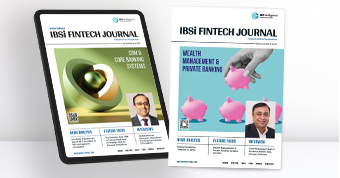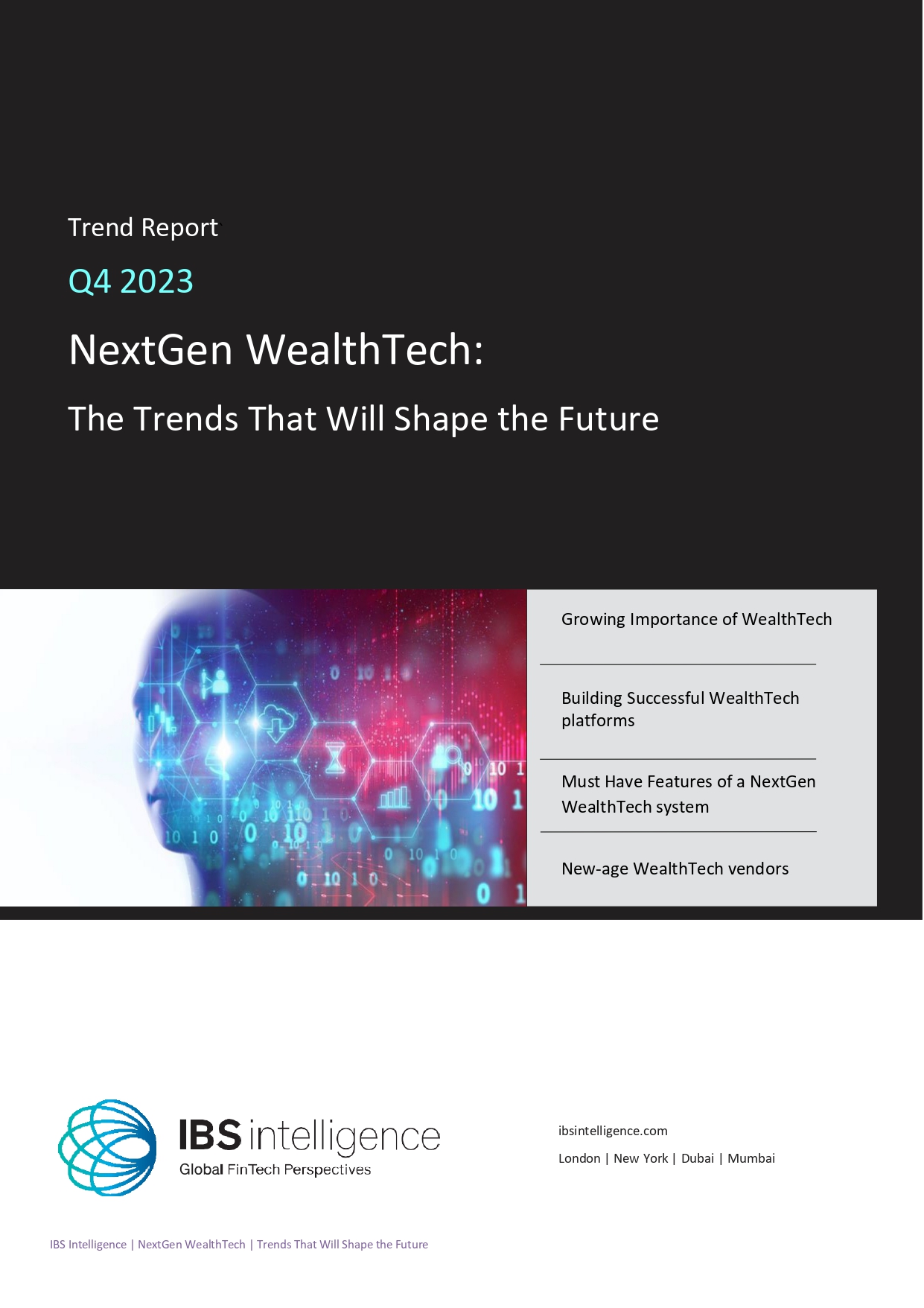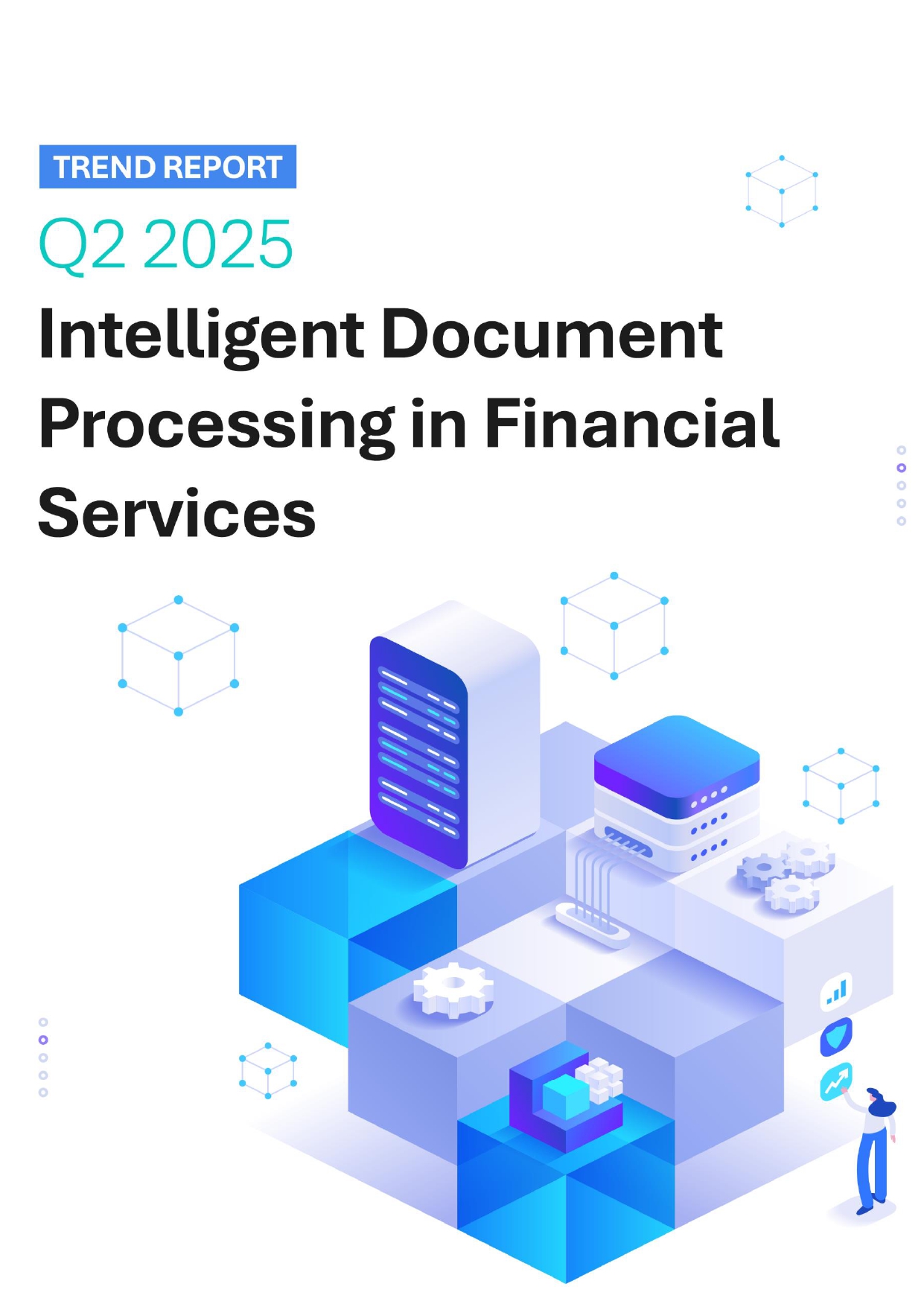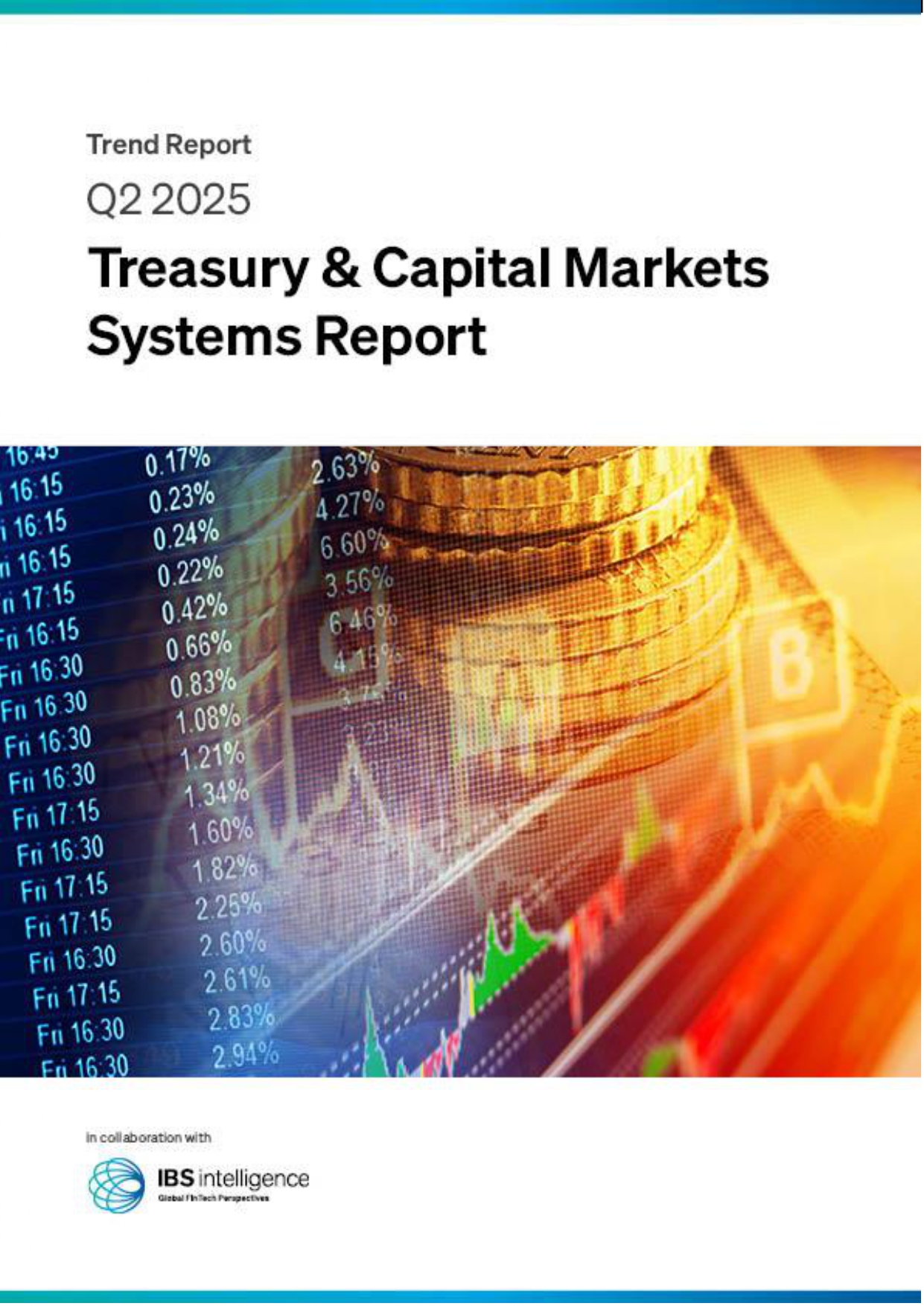 Back
Back
Consumer payment habits are changing – but are small businesses keeping up?

By Kate Hayward, UK Country Manager at Xero
Small businesses often focus on how they can create the best, most memorable experience for their customers. But all the hard work spent on developing a product or service, marketing it and delivering it can come quickly undone at one critical juncture: if the customer can’t pay in a way that suits them. According to Xero’s research, ‘I want to pay that way’, there’s a growing gap between how consumers want to pay and how small businesses are set up to accept payments – a gap that’s more than just an inconvenience, but one that can actually stifle sales.
Technology’s impact on payments
The growth of digital payments is transforming the way we transact. In the UK, cash is declining, and frameworks like open banking are gaining traction, creating new expectations from consumers for fast, seamless transactions. While larger businesses typically have the technology and resources to adapt, smaller businesses are often stretched too thinly. Many will be entirely focused on driving sales and finding new customers, and so won’t necessarily have the time to assess and adopt new payment trends, with 80% admitting their business would be affected if cash and cheques disappeared tomorrow.
The Labour government has committed itself to supporting the use of new technology in financial services, such as open banking and open finance, with the hope of fostering competition in retail payments. This offers businesses a great opportunity to drive more sales and attract a wide customer base. And in the meantime, small businesses can be supported with the resources and guidance to keep pace with the innovations being made in payments.
Bridging the gap in payment preferences
There’s a clear disconnect between the payment methods customers expect and what small businesses provide. Nearly 87% of UK consumers prefer to use credit or debit cards, yet just over half (55%) of small businesses offer this as an option. This gap only increases for younger generations, with over half of Gen Z using mobile payments, but only a third of small businesses currently accepting Apple Pay or Google Pay. What’s more, almost half (47%) of Gen Z consumers only take their mobile phone to pay when physically going to the shops.
To stay competitive and attract younger, tech-savvy customers with growing purchasing power, small businesses should review their payment methods. In fact, with one in four consumers willing to choose a business with more payment options over one that doesn’t, offering diverse payment options isn’t just a nice-to-have; it’s essential, especially at a time when UK small business sales growth remains weak.
Tackling cash flow challenges
Over a third of small businesses report that their top challenges are making sure there are enough funds to pay bills (36%) and keeping track of due dates so that bills are paid on time (35%). Yet, improving the payment experience for customers could actually help alleviate cash flow issues.
Xero’s research showed almost half (49%) of small businesses report spending at least two hours a month chasing late payments. Delays often happen because customers temporarily lack funds (30%) or because they simply forgot to pay (24%). With 37% of consumers expressing frustration at not being able to pay how they want, offering preferred, flexible payment options can encourage them to pay faster. By providing these methods, small businesses are more likely to boost revenue and maintain a healthy cash flow in the long term.
Early payment adopters are realising the benefits
Reluctance to adopt new payment methods is common among small businesses, with some remaining unconvinced of their value. 33% believe that they’re not relevant to their business, while 31% believe that there is no demand from customers. But the small businesses that have begun offering new payment methods in the last 6-12 months are reaping the rewards, with 24% reporting increased sales, and 25% saying that they’re being paid faster.
Staying competitive in today’s retail market means meeting customers where they are – not only in terms of what they buy, but how they pay. By embracing new payment methods, particularly digital methods, small businesses can improve their cash flow management, increase customer satisfaction and attraction, and ultimately support long-term growth.
IBSi News
Get the IBSi FinTech Journal India Edition
- Insightful Financial Technology News Analysis
- Leadership Interviews from the Indian FinTech Ecosystem
- Expert Perspectives from the Executive Team
- Snapshots of Industry Deals, Events & Insights
- An India FinTech Case Study
- Monthly issues of the iconic global IBSi FinTech Journal
- Attend a webinar hosted by the magazine once during your subscription period
₹200 ₹99*/month
* Discounted Offer for a Limited Period on a 12-month Subscription
IBSi FinTech Journal

- Most trusted FinTech journal since 1991
- Digital monthly issue
- 60+ pages of research, analysis, interviews, opinions, and rankings
- Global coverage
Other Related Blogs
July 10, 2025
Digital credit as the new emergency fund: how millennials are redefining financial resilience
Read MoreJune 27, 2025
Intelligent payment orchestration – why 2025 is an inflection point for banks in Europe
Read MoreRelated Reports

Sales League Table Report 2025
Know More
Global Digital Banking Vendor & Landscape Report Q2 2025
Know More
NextGen WealthTech: The Trends To Shape The Future Q4 2023
Know More
Intelligent Document Processing in Financial Services Q2 2025
Know More

